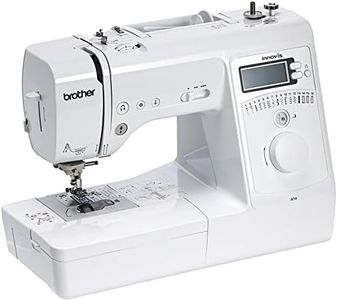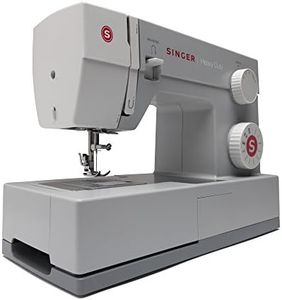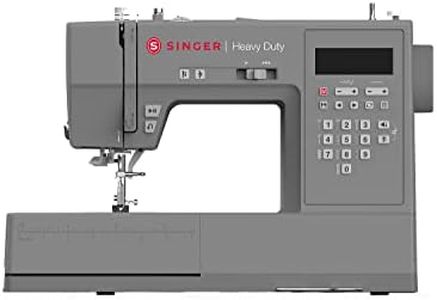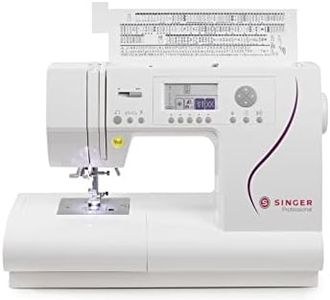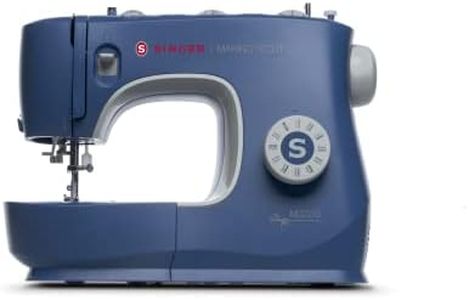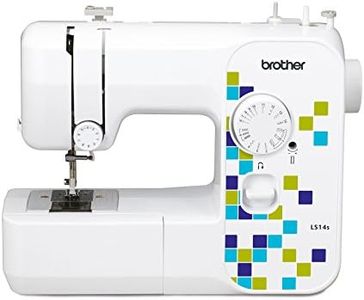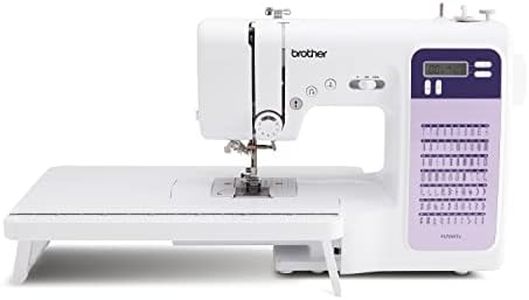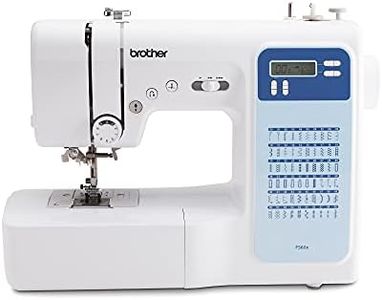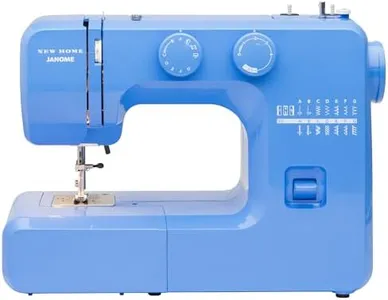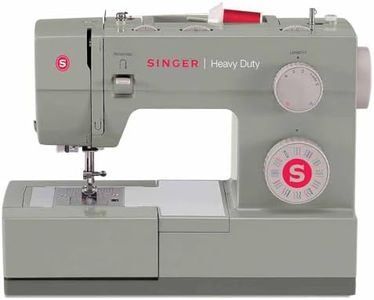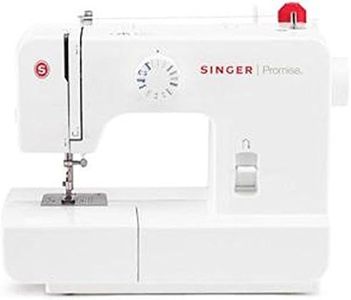We Use CookiesWe use cookies to enhance the security, performance,
functionality and for analytical and promotional activities. By continuing to browse this site you
are agreeing to our privacy policy
10 Best Inexpensive Sewing Machines
From leading brands and best sellers available on the web.Buying Guide for the Best Inexpensive Sewing Machines
Choosing an inexpensive sewing machine is all about finding the right balance between essential features and ease of use, without paying extra for things you may never use. When you’re looking for a sewing machine in this category, it’s important to focus on reliability, simplicity, and the features that truly match your needs—whether you’re a beginner looking to learn, or an occasional user who just wants to handle simple repairs or basic projects. To make the best choice, think about the types of sewing you plan to do most often, and which features will make your experience smooth and satisfying.Type of Stitch OptionsThis spec refers to the variety and number of stitches that the machine can do, such as straight stitch, zigzag, and decorative stitches. Having multiple stitch options is useful if you want to experiment with different types of sewing, like hemming or decorative designs, but isn't necessary for basic repairs or learning. Simple models might offer 6–10 stitches (good for most home needs), while more advanced machines might offer 20 or more. If you’re new or mostly sewing basic seams, you won’t need a high stitch count—choose a machine with just the essentials. If you want to explore creativity or different fabrics, look for a model with a few extra options.
Ease of UseThis covers features like easy threading, simple bobbin winding, and clear controls. These aspects are important because they make starting and operating the machine much less frustrating, especially for those with little sewing experience. Machines with automatic needle threaders, drop-in bobbins, and labeled dials are much more user-friendly. If you’re new or want something hassle-free, prioritize ease of use in your decision by looking for clear instructions and intuitive controls.
Build QualityBuild quality is about how sturdy and durable the machine feels, usually affected by the materials used in its frame and parts. Metal parts tend to last longer and give a steadier sewing experience, while all-plastic machines are lighter but can be less robust. Lightweight machines are easier to move around but may feel less stable when sewing thicker materials. For occasional, basic sewing, a lighter machine is fine, but for regular use or heavier projects, look for something with a more solid feel.
Buttonhole FunctionThis feature allows your sewing machine to make buttonholes automatically or by guiding you through each step. A one-step buttonhole is the easiest and the quickest, while a four-step buttonhole requires a bit more manual control. If you plan on making clothing or doing projects that involve lots of buttons, having a good, easy buttonhole function is important. If you rarely do buttons, this is less critical.
Free Arm OptionA free arm is a removable part of the sewing surface that exposes a narrow platform, making it easier to sew small or tubular items like sleeves and cuffs. This is particularly useful for garment repairs or alterations. If you expect to work with clothing, this feature can be a valuable addition. If your projects will mainly be flat items like curtains or pillowcases, it’s less essential.
